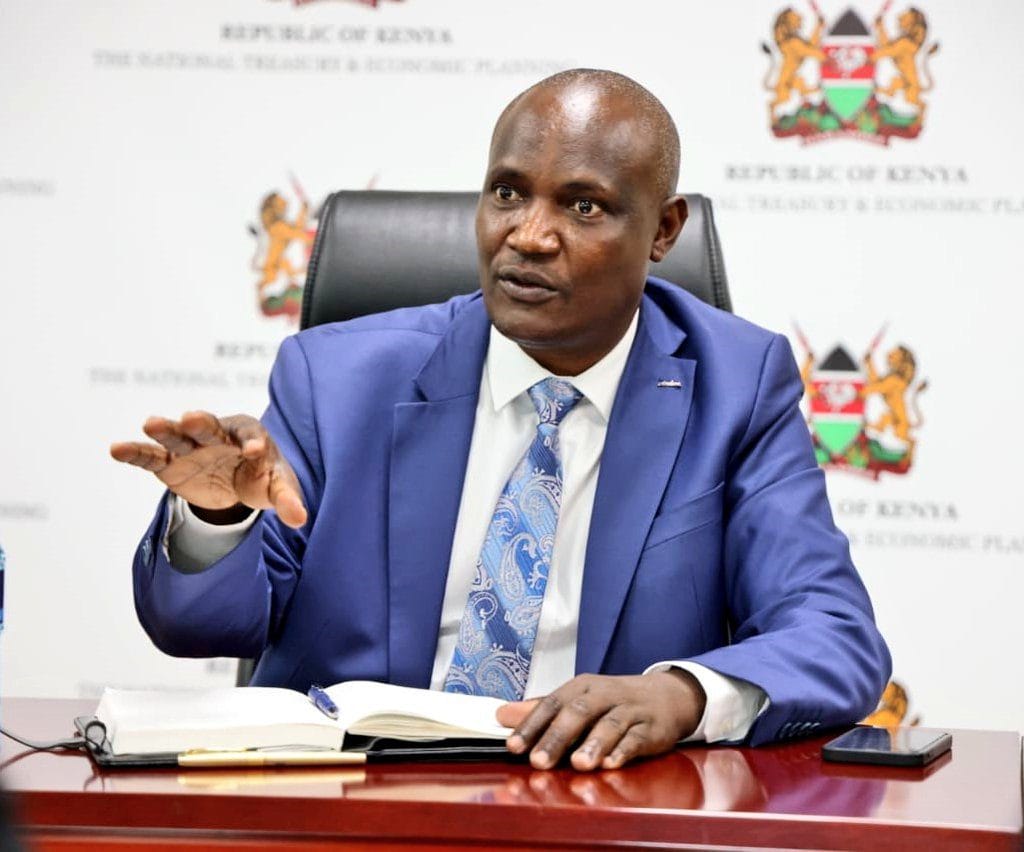In response to widespread public concern, the Kenyan government has reinstated funding for the 2025 Kenya Certificate of Secondary Education (KCSE) examinations, allocating Ksh5.9 billion in the 2025/2026 budget. This decision follows an initial omission of exam funding in the budget estimates, which sparked criticism from education stakeholders nationwide.
The National Assembly’s Education Committee proposed sourcing the Ksh5.9 billion from existing allocations: Ksh3 billion from secondary schools, Ksh2 billion from junior schools, and Ksh900 million from primary schools. Education Committee Chairperson Julius Melly emphasized the importance of this funding, stating, “Examinations are a critical component of our education system. Without proper funding, the credibility and effectiveness of the assessment process are at risk.”
Kiharu MP Ndindi Nyoro, a member of the Finance Committee, criticized the initial lack of allocation, calling it “very insensitive” and “abhorrent” that the National Treasury attempted to justify the omission.
This development comes shortly after Treasury Cabinet Secretary John Mbadi announced that, starting next year, parents would be responsible for paying national examination fees. Mbadi cited the unsustainability of the government covering these costs amid rising expenses in the education sector. He noted that government support would continue for learners unable to afford the fees, particularly those from marginalized areas.
“We have to review the cost in the sense of why we should pay for examinations for all students, including those in private schools. We should be subsidizing examinations for those who cannot afford them, especially in public schools,” Mbadi stated during a May 24 interview. He added, “However, for this year, it is too late. We are going to process the examination for all candidates, whether you can pay or not.”
The reinstated funding ensures that all candidates will sit for their KCSE exams this year without additional financial burden, while also setting the stage for a new cost-sharing model in future examinations.

